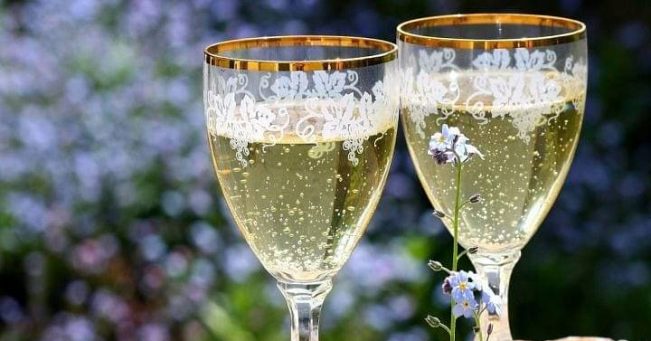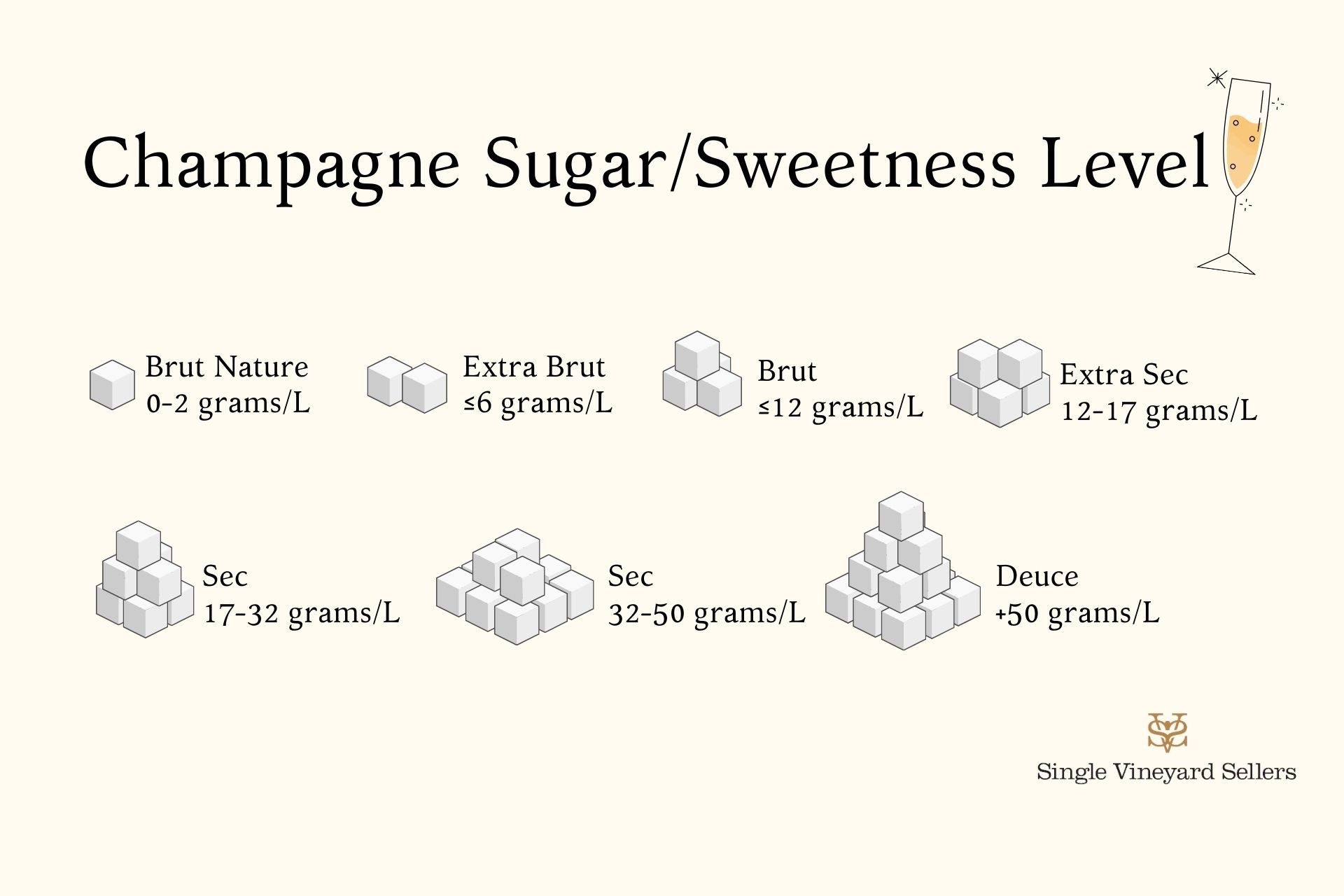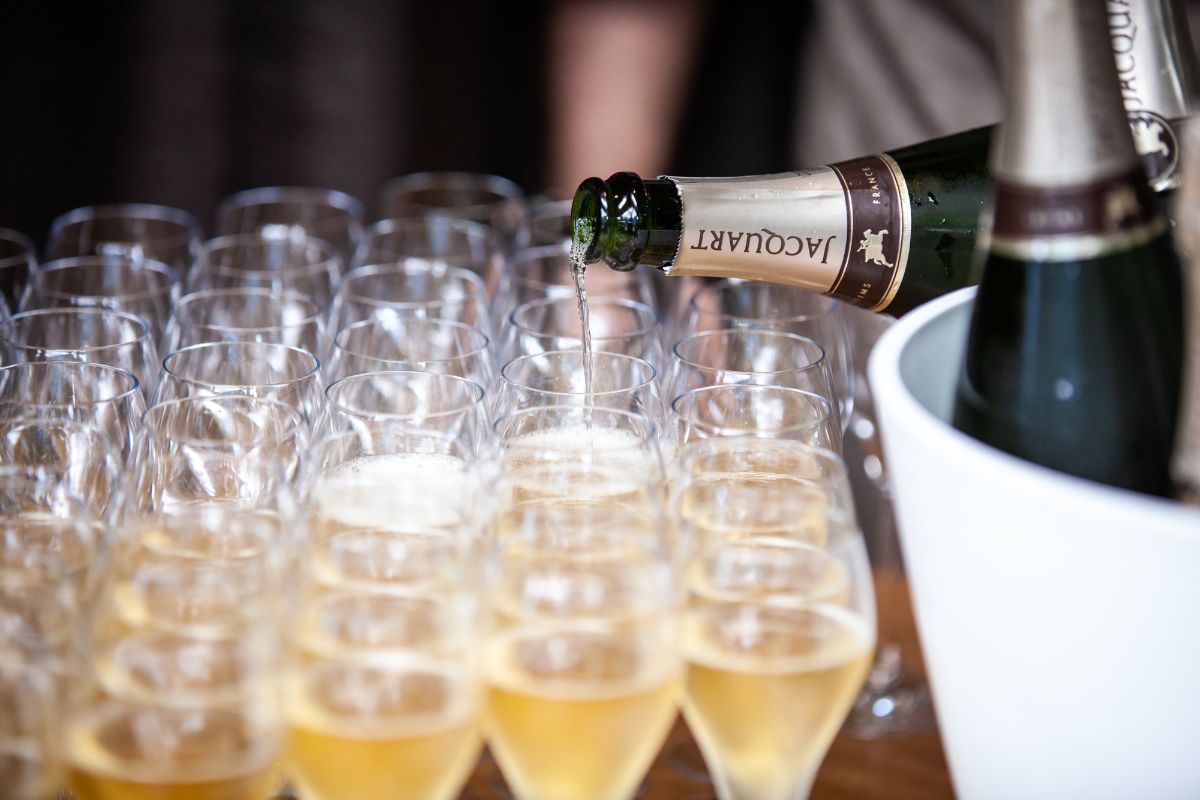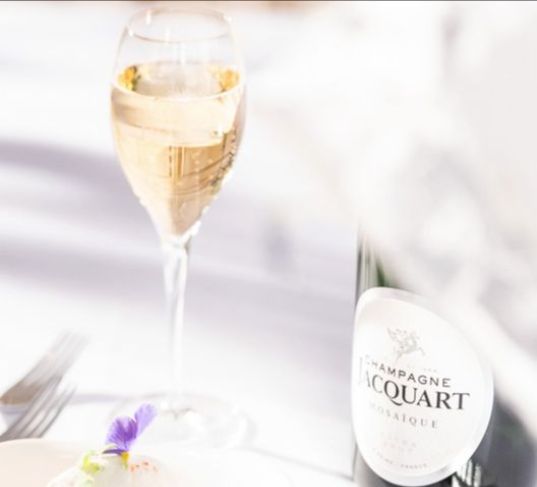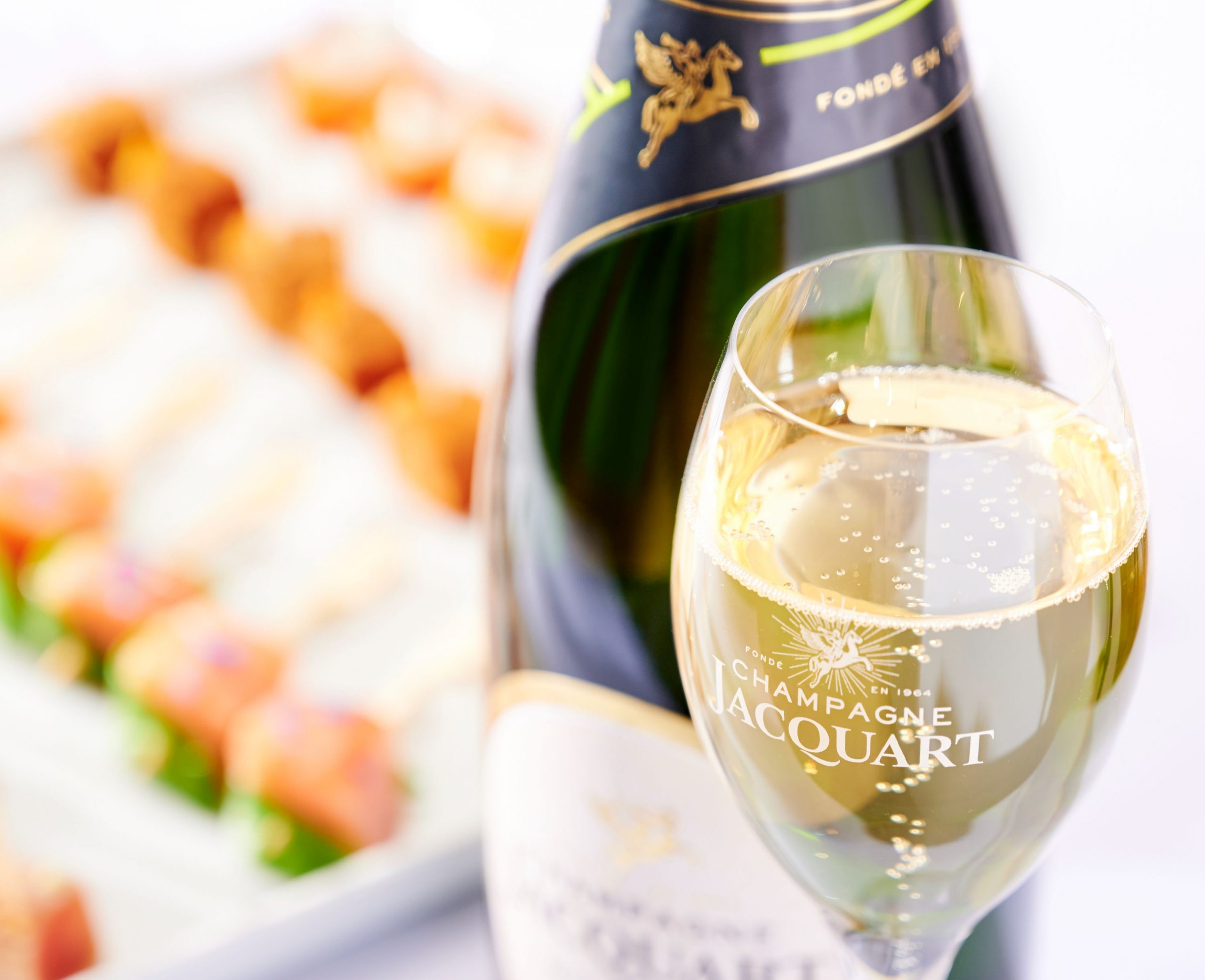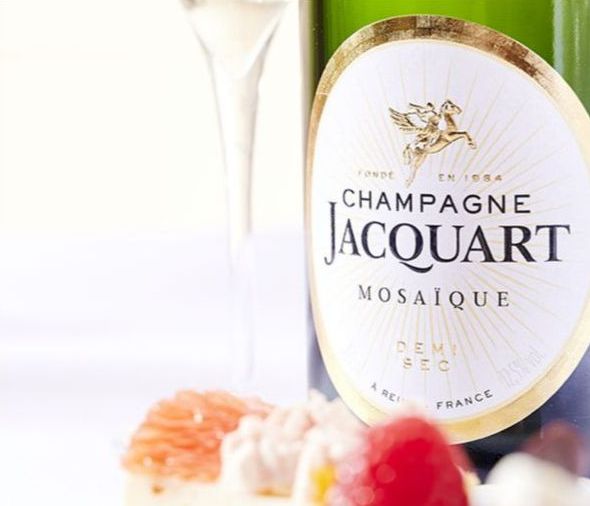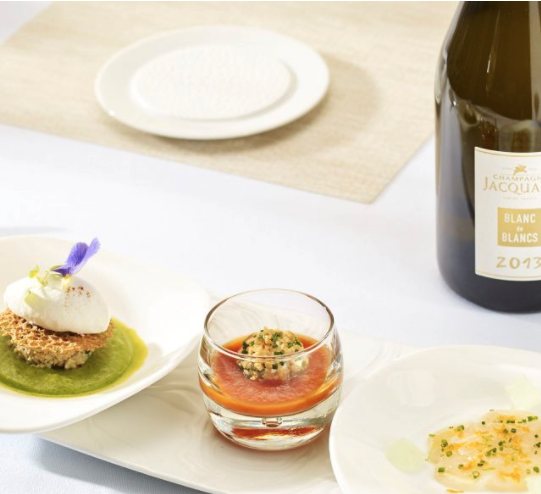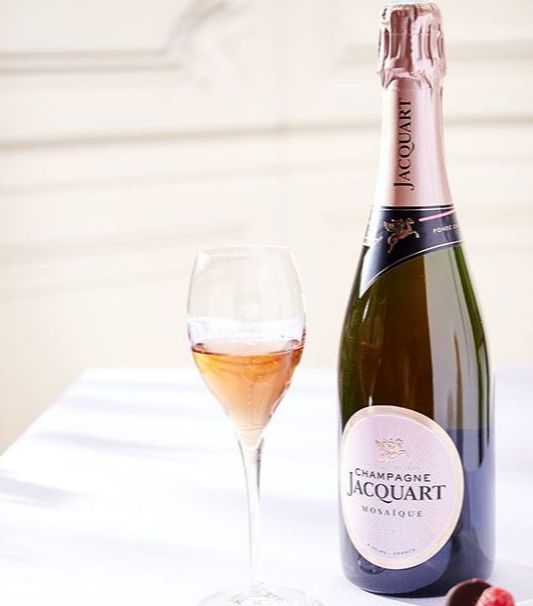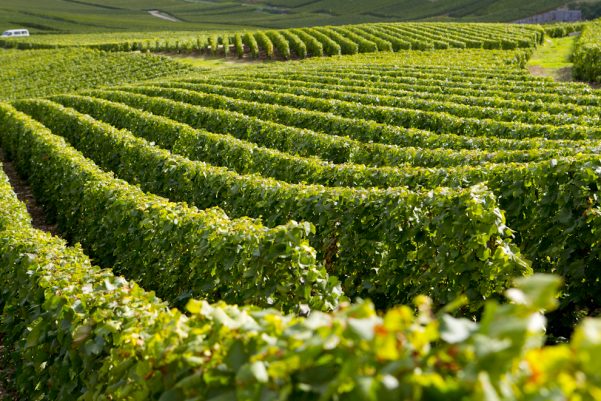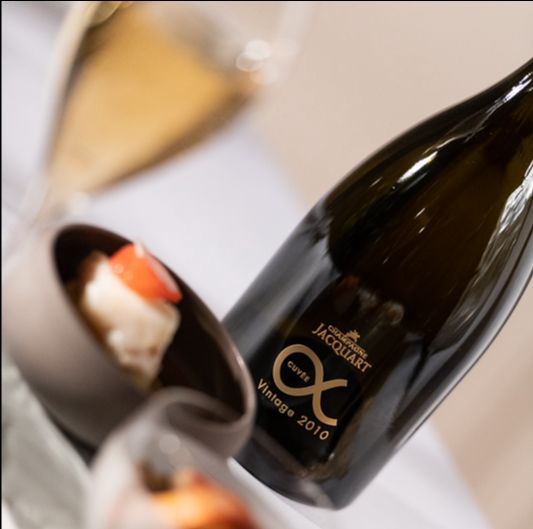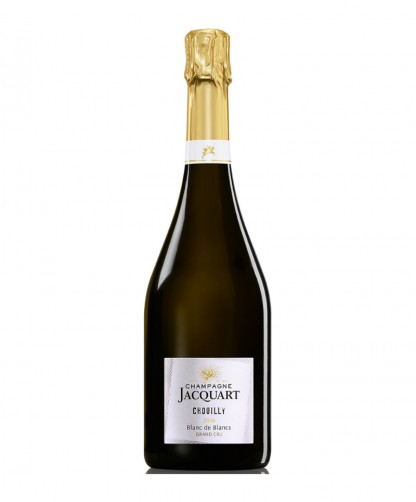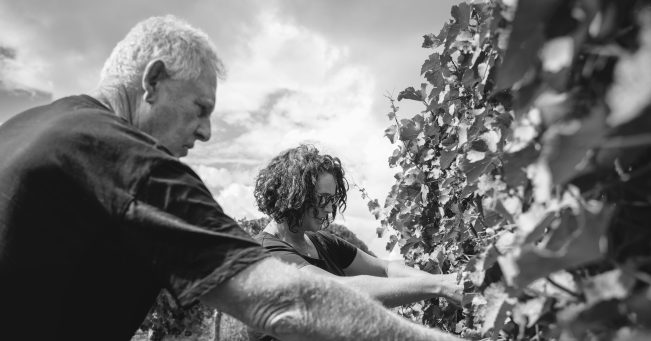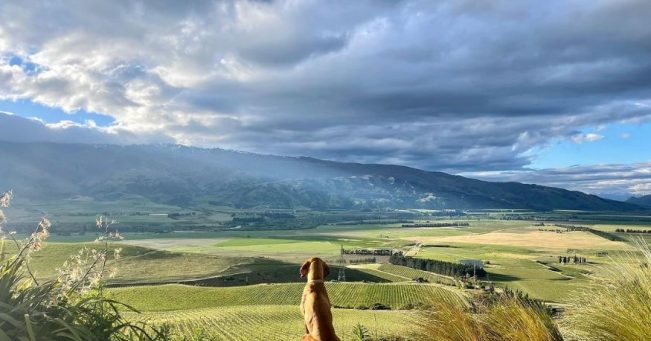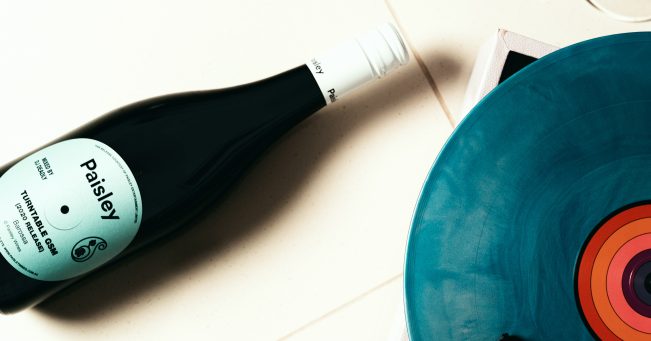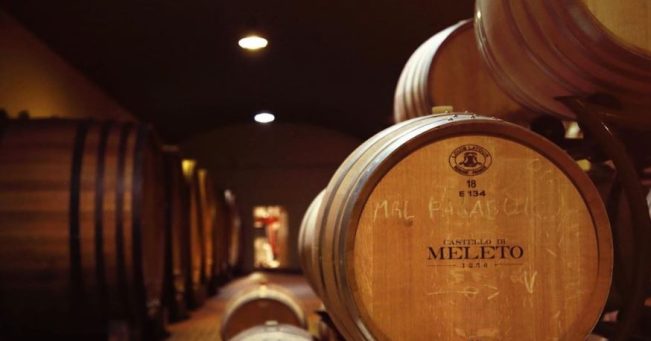Where do you start with buying champagne? It can be a little daunting to choose between so many types of Champagne available. For that reason, we put together a small guide to help you select the option that will fit each occasion/taste and budget best.
Selecting Champagne by Taste and Sweetness
Do you have a particular style of champagne you enjoy?
Champagne has different sweetness levels, derived from the amount of sugar added during dosage.
These are communicated using a separate set of terminologies. The main are:
- Brut Nature: No sugar Added
- Extra Brut: 0-6 grams of sugar added
- Brut: Less than 12 grams of sugar added
- Extra Dry: 12-17 grams of sugar added
- Sec: 17-32 grams of sugar added
- Demi-Sec: 33-50 grams of sugar added
- Doux: 50+ grams of sugar added
Brut Nature
A champagne that hasn’t had any sugar added to it during dosing is referred to as ‘naturally raw.’ Despite this, they may contain up to 2 grams of residual sugar per litre.
Extra Brut
Extra brut champagne must contain no more than six grams of sugar per litre and is even drier than Brut champagne (as the name implies!). It may even include none at all, in which case it is referred to as brut nature or non-dosé.
Dosage is only one factor to consider. It also has a lengthier cellar ageing period (usually 3-5 years) and uses high-quality fruit that has fully matured. Because the fruit is ripe, there is no need to add much ‘dosage,’ as it has already been attained in the vines by biological processes.
The producers of this wine are interested in bringing out the natural elements of the fruit, rather than “covering” them with sugar.
Brut Champagne
Do you enjoy a dry Champagne? Then Brut Champagne is for you!
This is the most common champagne style. Created in the 1800s by champagne pioneers Perrier-Jouet and Pommery, who elected to use little or no dosage (sugar) during the second fermentation of their wines. This was in stark contrast to the popular practise of adding 200 grammes per litre at the time.
The name ‘brut’ now refers to a wine with less than 12 grammes of sugar per litre added by the winemaker.
Close to 90% of all champagnes available in Australia fall under this category. These should have a dry flavour with no hint of sweetness. This style is extremely adaptable in terms of pairing, working well with everything from oysters to game
Sec and Demi-sec Champagne
If you like a sweeter drink, a sec or Demi-Sec Champagne is the way to go. Sec means “dry” in French, but in Champagne, it refers to a champagne with a dosage level of 17 to 35 grammes of sugar per litre.
Demi-sec, which translates to “half-dry,” is a sweeter type with a sugar content of 33 to 50 grammes per litre.
Selecting Champagne by Grape Variety
Each grape variety has its own distinct features. Each Champagne house has its own proprietary mix that defines its house style.
Chardonnay, Pinot Noir, and Pinot Meunier are the three major varieties used in Champagne. Champagne can be prepared from a combination of all three kinds, two varietals, or even just one.
For the Jacquart Champagne house for example, all cuvées are Chardonnay dominant. The Chardonnay contributes to a dry aperitif style and refreshing wine.
Blanc de Blancs
Do you usually head to the chardonnay section in a restaurant’s wine list? Do you always have a bottle of chardonnay ready in your fridge after those long work days?
Blanc de Blancs champagne is the champagne for you! Made from 100% chardonnay, this style is some of the purest in taste, aroma, appearance and is simply sensational as a refreshing aperitif.
Rosé & Saignée Rosé
Not only does rosé taste, smell, and look amazing, but it also goes great with food. If you’re attending a dinner party and aren’t sure what’s on the menu, bring a bottle of rosé champagne.
You might be wondering how rosé gets its lovely rose tint. The pink colour that will be created in each bottle is determined using two processes.
The first is rosé de saignée, which literally means “to bleed,” and refers to the method of macerating grape juice over grape skins to impart colour.
The second type is rosé d’assemblage, which is made by combining white and red wine. Neither is superior to the other; they are simply distinct, catering to a wide range of wine enthusiasts.
Blanc de Noirs & Pinot Dominant Champagne
Blanc de Noirs champagne is prepared from a blend of the two black-skinned grapes, Pinot Noir and Meunier, or a combination of the two.
These wines are designed for those who want larger, bolder champagnes with lesser acidity, and wood is generally used.
that are used and method of viticulture.
Selecting by Harvest or Terroir
Champagne can also be selected by harvest, terroir, the types of grapes that are used and method of viticulture.
A prestige cuvée is a house’s “flagship” wine, signifying the best of what each producer can achieve.
Prestige Cuvée / Special Cuvée
Cuvée in Champagne refers to the first 2,050 liters of grape juice from 4,000 kg of grapes. By using only the first press, the Cuvée Champagne can age for 36 months or more!
“Cru” or “Premier cru”
A label bearing the “grand cru” or “premier cru” designation must be made entirely of grand cru or premier cru grapes. However, a bottle lacking a cru label may still contain cru grapes.
Cru classification is, at its core, only a matter of real estate. The cru system evaluates communities within the Champagne region according to their “terroirs” (or general surroundings) and potential for grape harvest.
–
Most importantly, there is no right or wrong when finding the option that does best for you. At the end, it’s all about personal taste! Head to our shop today to find different types of champagne.
